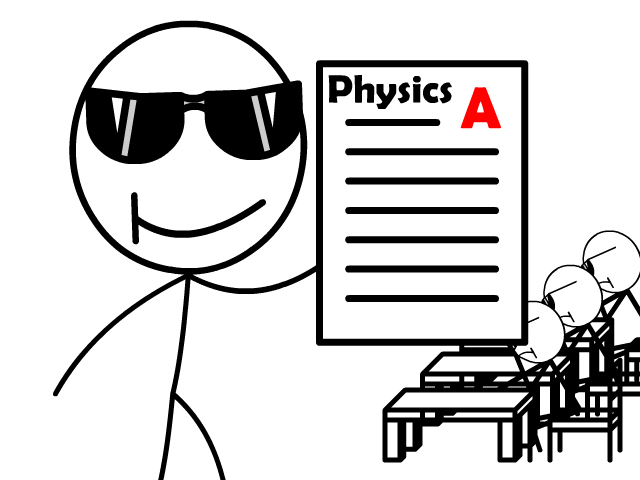Complete Physics Assessment
Get more physics practice and get that A. Take a 10 or 20 question physics full physics assessment randomized all questions in our test bank.
Use our equation sheet for guidance on the equations.

10 Random Physics Questions from our Complete Test Bank
20 Random Physics Questions from our Complete Test Bank
Resources
- StickMan Physics Home Page
- Stickman Physics Table of Contents: Use the search bar or click here to easily find a unit or topic
- Physics Equation Sheet: commonly used equations, variables, and units
- Rule of Ones: analyzing equations to determine how other variables change
- Holdensclass.com: Video walk-through of Many Physics Concepts
